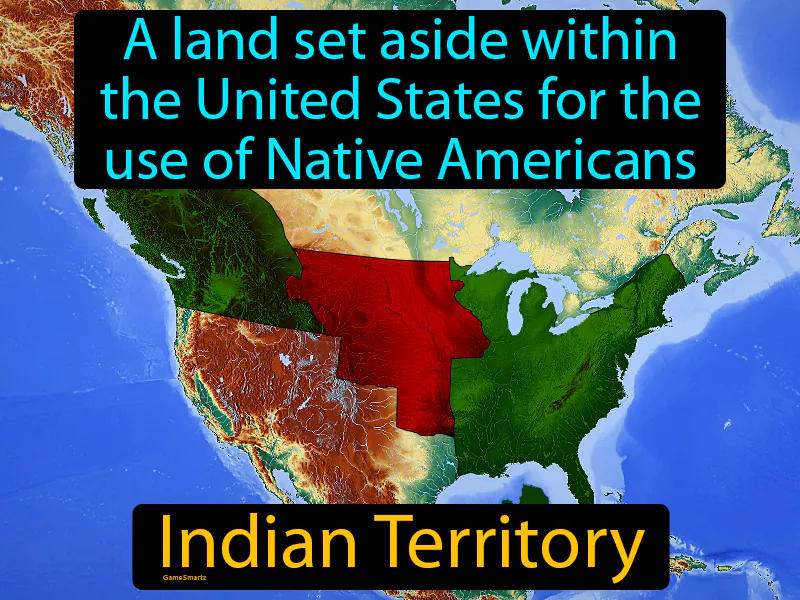Indian Territory

A land set aside within the United States for the use of Native Americans
Real World Example
The Indian Territory was a region designated by the U.S. government for Native American tribes, primarily during the 1830s and 1840s under President Andrew Jackson. This area was a result of the Indian Removal Act of 1830, which forced many Native American tribes to leave their ancestral lands and relocate west of the Mississippi River. The policy was significant because it represented the U.S. government's prioritization of westward expansion over the rights and sovereignty of Native peoples. Today, the historical injustices faced by Native Americans during this period highlight ongoing discussions about indigenous rights and sovereignty. An example of its relevance today is the activism around protecting sacred lands from industrial development, reflecting the importance of respecting and preserving indigenous cultures and territories.
Practice Version
